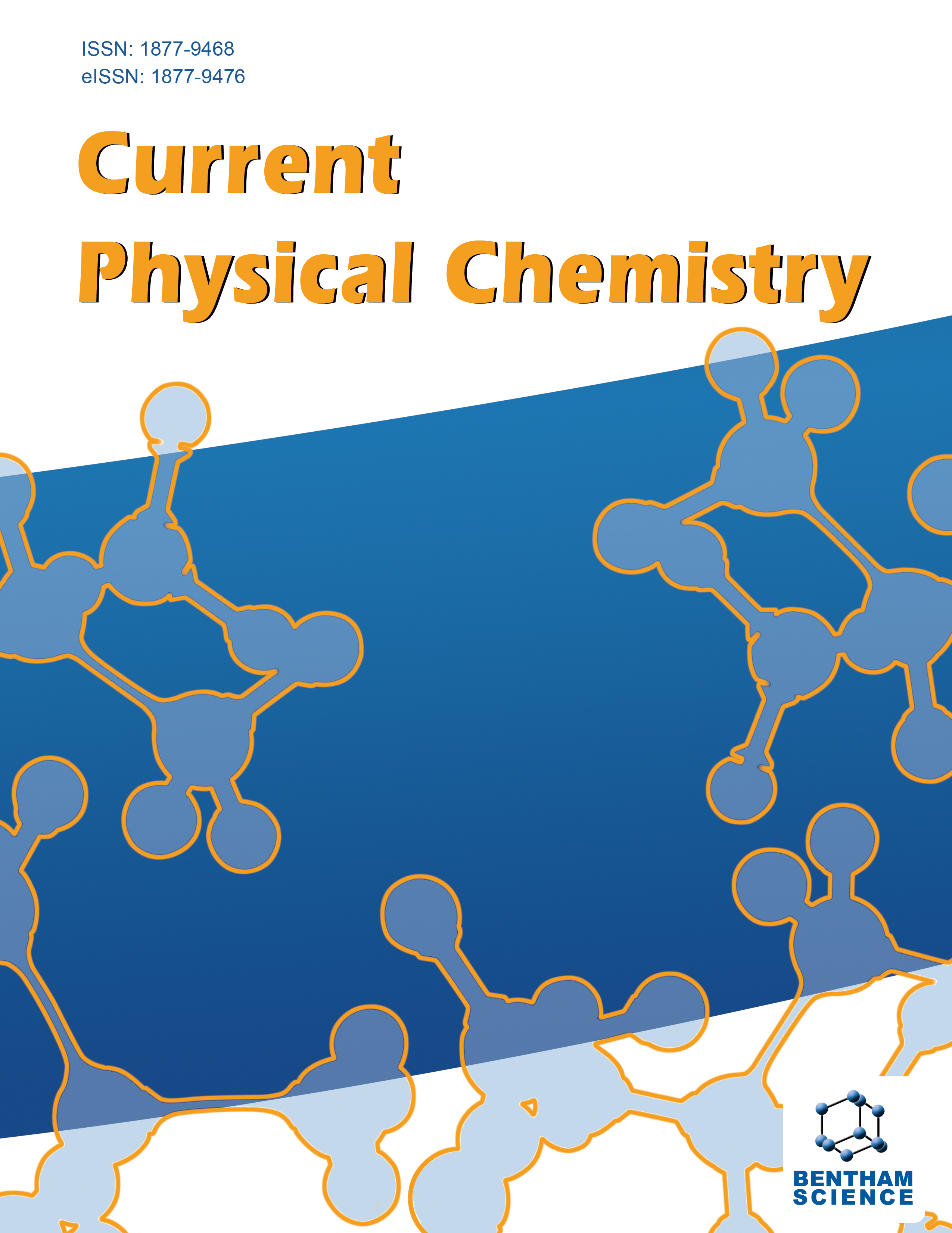-
s Pharmacophore-based Drug Design of Novel Potential Tau Ligands for Alzheimer's Disease Treatment
- Source: Current Physical Chemistry, Volume 4, Issue 1, Jan 2014, p. 35 - 44
-
- 01 Jan 2014
Abstract
An intracellular hallmark of Alzheimer Disease (AD) is accumulation of hyperphosphorylated tau as tangles of paired helical filaments (PHF). A significant advance in understanding tau’s behaviour isolated came when it was recognized that the protein contains isolated short peptide motifs, embedded in an otherwise hydrophilic environment, which have a high tendency for beta-structure and aggregation, forming the core of the PHF. In a recent work, we used the smallest fragment responsible for aggregation, the hexapeptide 306VQIVYK311, in order to investigate with molecular dynamics simulations possible binding modes of the tau protein fragment with respect to an active flavonoid, which would be responsible for the inhibitory process of aggregation of tau. Considering such results, we have used in this work a selected pharmacophoric model and carried out a pharmacophore-based virtual screening with the purpose of designing novel potential Tau aggregation inhibitors. An initial set of 96 compounds was selected, of which 86 are unpublished regarding Tau anti-aggregation activity and the other 10 compounds are reported as Tau ligands. Prediction of biological activity and pharmaceutical properties indicated four tiophene derivatives as promising Tau aggregation inhibitors for Alzheimer’s disease treatment.


